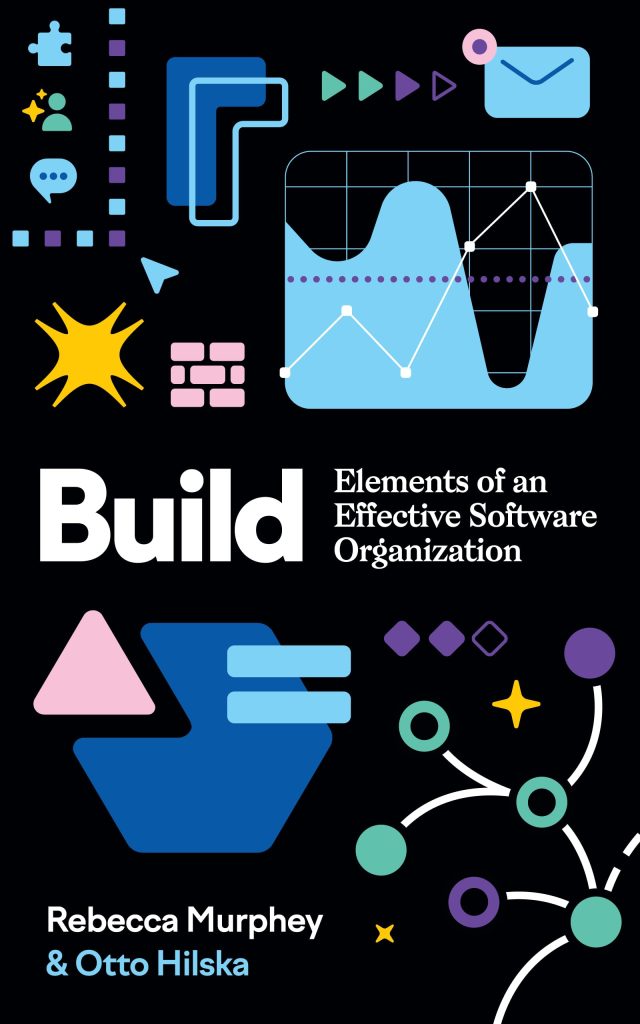
React Native community is huge. Most web developers prefer to learn React Native than two languages for android and iOS. Almost in any development framework, it is really hard to do the development without using any third-party libraries. If you are familiar with react.js, you will find many common libraries in React Native.
In this blog post, we are listing down Top 10 React Native libraries that can be used in you applications. These libraries are well tested and easy to get started. We are also adding one little description to these libraries. You can check their github pages to learn more in detail.
1. Axios
Axios is one of the most popular HTTP client library for javascript applications. Most applications requires to connect to the web via GET, POST, PUT or any other Http request. Axios makes it really easy to write these requests. It also provides a lot of different options like configuring the request header and error handlings.
You can install it via npm, bower or yarn. The documentation is also well maintained and it’s an MIT licensed library. Check the Github page to learn more about axios.
2. Redux and react-redux
Redux is used for state management in React.js. Default state management is not good enough for highly scalable applications. You can use redux to make it simpler. redux and react-redux, both are different libraries. redux can be used with any Javascript applications. React redux library is a binding over redux. This library can be used with both react.js and react native. react redux is available as an npm package and it can be integrated to an existing project easily. redux can be added to an existing project but it is a best practice to add it at the starting of the project development.
Here is the link for react redux github page.
3. NativeBase
Native Base is a UI component react-native library. That is a useful library if you want to quickly start the UI component of your application. One of the advantages of this library is that you can use it with native react native applications or with the expo. It has a lot of options to create beautiful UI components for both Android and iOS apps. The documentation is well maintained and a huge community is keeping it updated for all react-native versions.
Here is the link for its github page.
4. React Native Push Notifications
Push notification is different in both android and iOS platforms. This library makes it easier to implement local and remote notifications on both android and iOS. It provides different customization options like scheduled notification, custom sounds for notification, setting priority for notifications, setting importance, etc. Few methods are available only in Android and few are available only in iOS, well documented on the Github page.
This is the link for its github page.
5. React Native Elements
At the time of writing this article, this library has more than 15000 stars on github. That’s a collection of UI toolkit containing almost all different types of UI components required in a mobile application. This is an expo application to demonstrate react native elements. This is the link of its GitHub page.
6. React Native Config
Using a configuration file is always a good development practice. Frontend, backend or mobile applications: configuration file can make your code a lot easier. The configuration file is used to store all environment settings values. For example, you may want to test your application in a different API endpoint in development, staging, and production.
You can create different configuration files for different environments and easily switch between stage, prod, and dev. React native config library makes it easier to create config variables in React native iOS and Android applications. You can use the same config file for both android and iOS.
This is the github page for this library.
7. React Native Permissions
If your app uses any hardware of iPhone or Android like camera, microphone etc, or any special phone elements like contacts, current location etc., you need to request the user for its permission. It is up to the user if he wants to accept or reject the permission. Permission handling is different in both Android and iOS. React native permission library makes it easier to implement. It can detect different types of permissions and also the user has authorized or rejected the permission.
This is the link for its Github page.
8. React Native Maps
For iOS, you need to use apple maps and for Android, you need to use Google maps. Both are totally different and it requires knowledge on both map components to implement the same feature in iOS and Android. You can use Google maps in an iOS project, but apple recommends to use apple maps.
React native maps library makes it easier to integrate both map views. Using just one simple <MapView/> tag in your code, you can implement many complex features on both Android and iOS concurrently. It has a lot of customizable options like adding markers, adding extra animated API components, tracking region or location, programmatically location change, zooming, etc. Few things are available only on Android and few are on iOS. You can check their github repo to learn more about its functionalities.
9. React Native Net Info
That is a must-have library if your application is dealing with the network. This library is used to check the connected network type and its quality. It’s available on all iOS, Android and Windows platforms. You can install it using npm or yarn and that’s it. Import the library and using only one line of code, you can check the network state.
This module can provide you with a lot of advanced options like the type of the connection (2g, 3g, 4g, wifi, etc. ), network is reachable or not, detail of the network (SSID, strength, IP address etc.) and many more. You can go through the documentation to learn more about the library.
10. React Native UI Kitten
UI Kitten is a UI elements library. It’s developed based on the Eva design system. The main advantage of this library is that it has both light and dark modes available and you can switch between these themes in runtime without reloading the application. It has more than 20 plus components to get started with. It also provides a starter app with more than 40 dark mode and light mode themes to get started with.
You can also check eva-icons library, developed by the same community with more than 480 open source icons. This is the GitHub page for this library.
Conclusion
We hope that these Top 10 React Native Libraries will help you to pick up one third party library more quickly for you react native project. Before using any library, it is really a best practice to check for the stars, active community and currently opened issues. Also, always try the library with a sample application or try the demo applications before integrating it to the main project. In addition to the Top 10 React Native Libraries, if you want to refer other articles in the series, here is the index
Tutorial Index
- Tutorial #1 – React Native – Introduction
- Tutorial #2 – React Native Props and State
- Tutorial #3 – Styling React Native App
- Tutorial #4 – React Native UI Components
- Tutorial #5 – React Native API Integration
- Tutorial #6 – React Native Animation
- Tutorial #7 – Top 10 React Native libraries
Source: https://www.opencodez.com/react-native/top-10-react-native-libraries.htm




